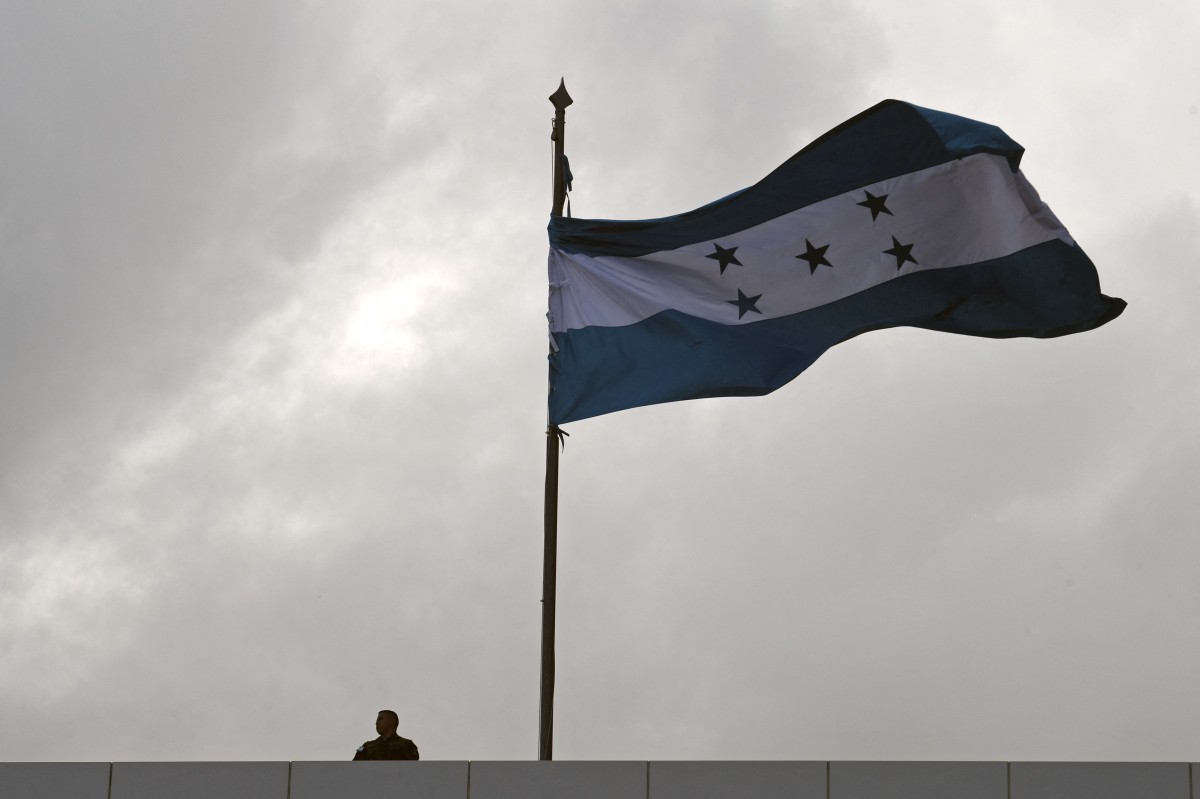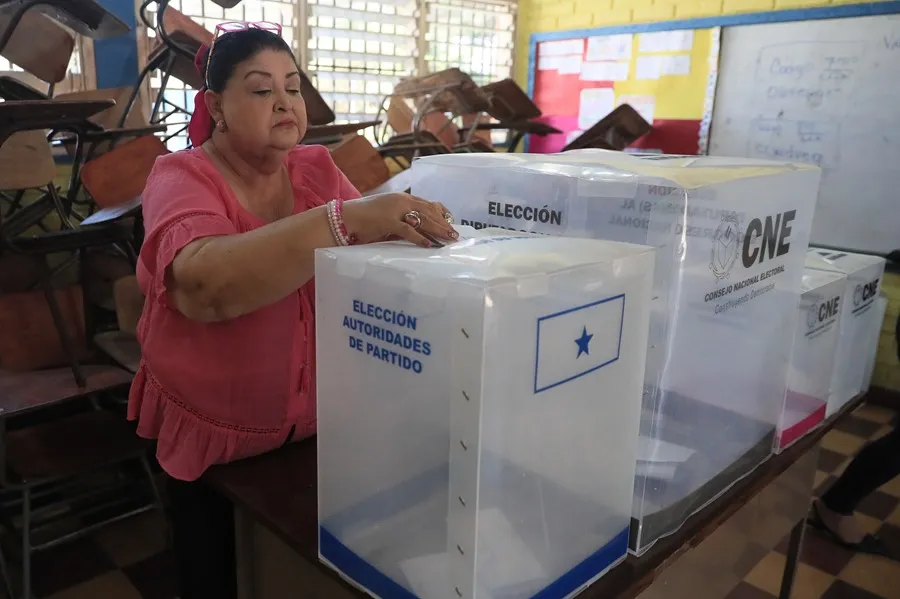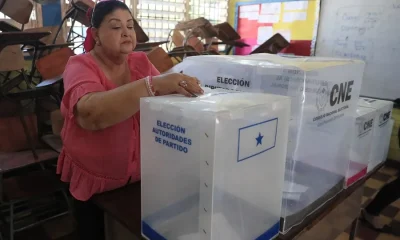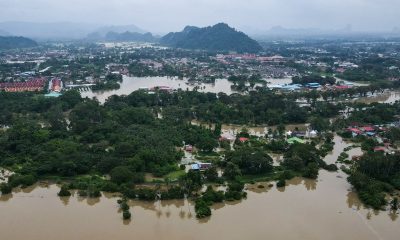Central America
Journalists in Honduras face high risk amid ongoing violence and impunity

The National Commissioner for Human Rights in Honduras (CONADEH) reported on Saturday that at least 101 people working in media have been violently killed between October 2001 and May 2025, with approximately 88% of the cases remaining unsolved.
In a public statement, the state-run human rights office noted that from 2022 to early 2025, at least 11 media professionals were killed violently, but only one case has resulted in a conviction.
The victims include journalists, photographers, cameramen, editors, radio hosts, sound engineers, comedians, entertainment show hosts, news directors, sports reporters, and media owners, CONADEH added.
Between 2016 and 2024, the institution also received 133 complaints from journalists and media workers who faced threats or were victims of forced displacement. Of these cases, 75% involved threats.
The situation has escalated so significantly that half of these complaints were filed between 2022 and 2024 alone.
According to CONADEH, Honduran journalists and media professionals face serious and complex risks, including constant threats and acts of violence, which increase their vulnerability to forced displacement.
On the eve of Honduran Journalists’ Day, observed on May 25, CONADEH highlighted the severe threats faced by members of the press in the country, calling journalism a high-risk profession.
“The first months of 2025 have been marked by a series of violations against press freedom,” the report says, “ranging from threats, physical assaults, harassment, intimidation, legal action, forced displacement, and continued impunity for crimes committed against media workers.”
The report warns that violence against journalists directly undermines freedom of expression, violating the rights to life, work, free thought, and the ability to report without fear.
CONADEH called for an end to threats and harassment against journalists and communicators, whether they come from private individuals or state agents.
The data from 2016 to 2024 shows that of the 133 complaints, 75% were related to threats, 10% to attempted murders, 5% to attacks on property, and 5% to violent deaths of family members.
Among the alleged perpetrators, 45% were unknown individuals, 15% were members of criminal gangs, and another 15% were known to the victims, the report added.
Central America
Honduras Extends Voting by One Hour Amid High Turnout, CNE Announces

The National Electoral Council (CNE) announced that polling stations will remain open an extra hour due to the high voter turnout in Honduras’ general elections this Sunday.
These elections—the twelfth since the country returned to constitutional order in 1980 after nearly two decades of military governments—will now run until 6:00 p.m. local time (00:00 GMT), the CNE said in a statement.
The extension may only be applied for the additional hour established in the Electoral Law, and polling stations may close only after the last voter already in line at closing time has cast their ballot, ensuring that all those waiting are able to participate, the CNE added.
More than six million of Honduras’ ten million inhabitants were called to the polls to elect the successor to leftist President Xiomara Castro, as well as 298 municipal mayors, 128 members of the national Congress, and 20 representatives to the Central American Parliament.
The presidential race features Rixi Moncada, candidate of the ruling Liberty and Refoundation Party (Libre); Nasry Asfura of the National Party, the main opposition force—publicly endorsed by U.S. President Donald Trump—and Salvador Nasralla of the Liberal Party, also running from the opposition.
Before the extension was announced, the CNE had indicated it would release its first preliminary report around 9:00 p.m. local time (03:00 GMT) and a second one at 11:00 p.m. (05:00 GMT). Final results must be published within 30 days following the election.
Central America
Honduras’ China–Taiwan Future Hinges on Sunday’s Presidential Election

The future of Honduras’ diplomatic relations with China—or a possible reestablishment of ties with Taiwan—will hinge on the results of the presidential election taking place this Sunday, November 30. The ruling left-wing party is seeking to remain in power, while conservative parties aim to return to government.
If the ruling party’s candidate, Rixi Moncada of the Liberty and Refoundation (Libre) Party, secures victory, Honduras is expected to deepen its relationship with China. The country established formal diplomatic ties with Beijing in March 2023, cutting relations with Taiwan entirely under President Xiomara Castro.
However, the bilateral trade relationship with China has not yielded the expected benefits. Economic Development Minister Fredis Cerrato acknowledged that negotiating with Beijing has proven challenging. “We are proceeding with caution,” he said, referring to ongoing efforts to secure better conditions for Honduran exporters and business owners, who are demanding greater speed in technical agreements.
With Castro’s term ending in just two months, the long-anticipated free trade agreement with China has yet to be finalized. Despite this, Chinese companies have already secured multimillion-dollar contracts in infrastructure projects across the country, particularly in the energy sector.
Central America
Trump Pardons Former Honduran President Hernández and Warns of Aid Cuts Ahead of Election

On Friday, President Donald Trump granted a pardon to former Honduran President Juan Orlando Hernández — who was convicted on drug trafficking charges — and threatened to cut U.S. aid to the Central American nation if his preferred candidate loses Sunday’s presidential election.
Trump announced the pardon for Hernández, who is currently serving a 45-year prison sentence in the United States, through a post on social media.
In the same message, the former U.S. president voiced his support for Nasry Asfura, the candidate representing Hernández’s right-wing party in the Honduran elections.
“If he doesn’t win, the United States will not waste any more money, because the wrong leader can only bring catastrophic results to a country, no matter which one it is,” Trump wrote on his platform Truth Social.
Asfura, a 67-year-old construction magnate and former mayor of Honduras’s capital, is competing in a tight race against attorney Rixi Moncada of the ruling leftist Libre party and television host Salvador Nasralla of the right-leaning Liberal Party.
-

 Central America4 days ago
Central America4 days agoTrump Pardons Former Honduran President Hernández and Warns of Aid Cuts Ahead of Election
-

 Central America2 days ago
Central America2 days agoHonduras Extends Voting by One Hour Amid High Turnout, CNE Announces
-

 International2 days ago
International2 days agoHong Kong police arrest 13 over deadly high-rise fire that killed 151
-

 Central America3 days ago
Central America3 days agoHonduras’ China–Taiwan Future Hinges on Sunday’s Presidential Election
-

 International4 days ago
International4 days agoMeta Says Russia Seeks to Ban WhatsApp for Defending Secure Communication
-

 International2 days ago
International2 days agoSri Lanka and Indonesia deploy military as deadly asian floods kill over 1,000
-

 International2 days ago
International2 days agoTrump says asylum decision freeze will remain in place “for a long time”
-

 International2 days ago
International2 days agoChile enters runoff campaign with Kast leading and Jara seeking a last-minute comeback
-

 International9 hours ago
International9 hours ago20,000 rounds stolen from german army after driver leaves cargo unattended
-

 International9 hours ago
International9 hours agoVenezuela authorizes return flights as U.S. continues deportations amid rising tensions
-

 International9 hours ago
International9 hours agoTrump convenes National Security Council as U.S.–Venezuela tensions intensify
-

 International9 hours ago
International9 hours agoEl Chapo’s son Joaquín Guzmán López pleads guilty to U.S. drug trafficking charges






























